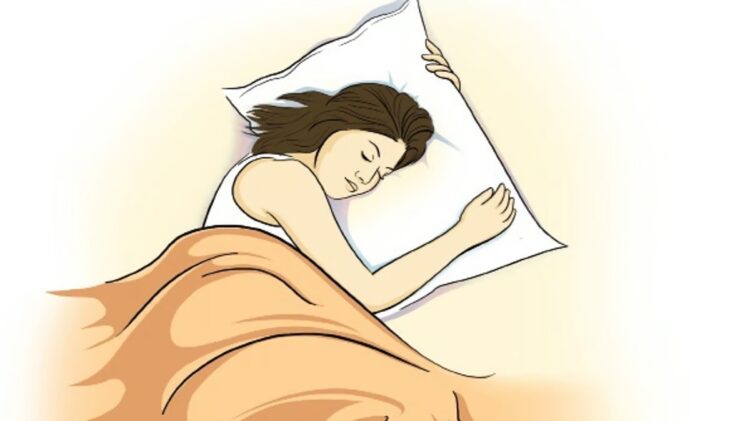Dream tales
The respiratory condition known as obstructive sleep apnea (OSA) affects breathing during sleep and is characterized by a reduction or cessation of airflow even while breathing is continuous. Breathing decreases that persist at least 10 seconds during sleep are known as hypopneas, which are partial pauses in breathing, and apneas, which are total pauses in breathing caused by the collapse of soft tissue at the back of the throat caused by relaxed muscles.

This results in a hypoxic awakening of the brain, which wakes the body briefly from sleep and allows for regular breathing to resume. This process may repeat itself many times throughout the night, leading to a disturbed sleep pattern and often an excessive degree of drowsiness during the day. When airflow is restricted or obstructed, most persons with OSA snore loudly and often. When their airway opens again, they may produce choking, snorting, or gasping noises.
EPIDEMIOLOGY
The most prevalent sleep-related breathing problem, known as OSA, is often seen in obese elderly men, however it may also afflict women and children. According to community-based epidemiological research conducted in India, the prevalence of OSA is between 1.5% and 2% in girls and between 2.4% and 5% in men.
RISK ELEMENTS
older (more than 60 years old)
Male (postmenopausal women have comparable traits)
genetic components
Being overweight
Individuals with enormous neck sizes
Endocrine variables include postmenopausal age, hypothyroidism, PCOD, acromegaly, and pregnancy.
Craniofacial anomalies include huge tongues (Down’s syndrome), tonsil or adenoid enlargement, retroposed tiny chins, nasal blockage, and upper airway tumors.
Consuming tobacco
Medical problems include stroke, hypertension, end-stage renal illness, congestive heart failure, fibromyalgia, Parkinson’s disease, COPD, IPF, and chronic lung diseases such asthma and gastroesophageal reflux syndrome.
PRESENTATION CLINICAL
Excessive daytime sleepiness: Lack of restorative sleep causes fatigue, poor attention, diminished cognition, and drowsiness while operating a motor vehicle.
During sleep, snoring, choking, and gasping
headaches in the morning
sleep disruption, nocturnal palpitations and angina, bruxism, nocturia, and dry mouth.
Chronically high blood pressure during the day, decreased libido, an increased risk of stroke, a higher death rate from heart disease, impaired glucose tolerance and insulin resistance, impaired concentration, mood swings, an increased chance of being involved in a fatal car accident, and disrupted sleep of the bed partner are all consequences of persistently interrupted sleep.
COMMITMENTS
Heart-related and brain-related conditions (hypertension, heart failure, cardiac arrhythmias, and stroke)
Diabetes and the metabolic syndrome
excessive drowsiness throughout the day, which increases the risk of car accidents by up to three times
Neuropsychiatric (memory loss, mood swings, irritability, inattentiveness, depression, and sexual dysfunction)
Hypertension of the lungs or failure of the right heart
Gout, non-alcoholic fatty liver disease, and a lower standard of living
Diagnosis
Polysomnography (sleep study): The gold standard for diagnosing OSA is attended in-laboratory polysomnography (PSG). In high likelihood patients, home sleep apnea testing (using portable sleep monitors) is often chosen.
OVERSIGHT
Positive airway pressure, or PAP treatment, should be made available to all patients diagnosed with OSA as a starting point. It is the cornerstone of adult OSA treatment.
Continuous Positive Air Pressure (CPAP) is the recommended mode. Though there is a little less proof, APAP (Automatic PAP) could be comparable to CPAP.
Oral appliances, also known as tongue holding devices or mandibular advancement devices, are an additional therapy option for OSA that may be recommended to some patients.
Alternative treatment with limited data: upper airway surgery.
Hypoglossal nerve stimulation: A future technique for a limited number of patients.







